My brother died this morning. 51 years old. Alone. In hospital. To those who think Covid 19 won’t affect them, go and see my mother, my sister in law and their kids, my brother and sisters and me. Look at us and see we are broken. Then take a fucking good look at yourself. pic.twitter.com/hm7CiJFprL— me (@shenry1972) April 19, 2020
ONE FOURTH OF CORONAVIRUS CASES IN OHIO ARE IN PRISON
The scapegoater-in-chief is at it again — and again
Trump says WHO didn’t share early information about Covid-19. A new report shows that’s not the case. A Washington Post report finds the Trump administration was given inside information from WHO during the early days of the pandemic.
Dumped milk, smashed eggs and plowed vegetables: Coronavirus pandemic leaves staggering amount of food waste
UNEMPLOYMENT CHECKS ARE BEING HELD UP BY A CODING LANGUAGE ALMOST NOBODY KNOWS States have been starved of modernization funding for years
The economic data is even worse than Wall Street feared: ‘The economy is clearly in ruins here’ New York regional manufacturing activity hit an all-time low, declining to a shocking negative 78.2%. ....... the double whammy of state shutdowns in mid-March on two pillars of the economy — the consumer and business. ...... state shutdowns affecting areas responsible for more than 90% of the economy. ........ “Nobody is buying cars, down 25.6%, nobody is buying furniture, down 26.8%, and eating and drinking places were down 26.5%.” ....... The economic decline, which started in the first quarter is expected to reach its trough in the second quarter. Economists anticipate an unprecedented drop of more than 30% in GDP for the second quarter. JPMorgan
economists expect a 40% decline in the second quarter, on top of a 10% drop in the first quarter
. ......... consumer spending has fallen off a cliff after being relatively solid for a prolonged period of time ...... March retail sales also showed barely a blip in online purchases, only up 3.1%, though consumers are shopping from home. ......... Consumers are hunkering down at home, only venturing out to go to the grocery store. It’s lights out today, and as far as we can tell, it’s going to be worse next month ....... raises concerns that the sharp recession will morph into a depression, though the $2.2 trillion in fiscal spending and Fed monetary actions could head that off and help drive a rebound that many economists expect to start in the third quarter. .......... in just three weeks ended April 4, more than 17 million workers filed claims for unemployment benefits, more than the Great Recession. ........ This is a sudden stop. it’s not surprising that things are economically skewed, but we’re not playing by typical economic rules ......... “We’re playing by health policy rules. It’s going to be hard for [Treasury] rates to sell off in any meaningful fashion.” ....... Investors responded to the March economic reports by dumping stocks and rushing to the safety of Treasury bonds. ....... In the Treasury market, investors bid up longer-duration bonds, like the 10-year, more than the shorter, 2-year duration notes. That is creating a so-called flattening trade, meaningthe two spreads are moving closer together, a sign of economic duress.
The 10-year was at 0.66%, while the 2-year yield was 0.20%. ........... Currently, the market shows expectations of inflation at 0.87% on average over the next five years well below the Fed’s 2% inflation target.Goldman says downturn will be 4 times worse than housing crisis, then an ‘unprecedented’ recovery The global economic hit from the coronavirus crisis will be far worse in the near term than the financial crisis, according to Goldman Sachs. ..... In the U.S., second-quarter activity likely dropped 35% while unemployment could hit 15%. ....... However, the recovery in the second half of the year could be stronger than anything the U.S. has seen. ....... The global economic hit from the coronavirus crisis will likely be four times worse than the financial crisis and the U.S. will see its highest unemployment rate since World War II .......... “the number of new active cases looks to be peaking globally, projections of cumulative fatalities and peak healthcare usage are coming down, and even actual new hospitalizations in hard-hit New York City have fallen sharply.” .........
“business as usual” is unlikely until a vaccine is proven effective
....... “it might be possible to bring back at least part of the lost output with a sharp increase in testing as well as more limited changes to business practices that lower the risk of infection.” ...... manufacturing and construction, specifically citing the auto industry, which he said could go from 25% capacity in April to 70% in May. ....... He forecaststhird-quarter growth to be up 19% from the Q2 plunge followed by another 12% jump in the final three months of the year
. ...... “Such is the strange world of recovering from a pandemic shock” ........ “Governments need to replace as much as possible of the private-sector income hit, in order to limit the downward pressure on after-tax income and therefore on spending.”BREAKING: Oil drops below $3 a barrel https://t.co/R4JpP8cmw7 pic.twitter.com/kprZzGBYQT— Bloomberg (@business) April 20, 2020
— miles reed (@milesjreed) April 20, 2020
Nurses, surgeons, janitors: the first US health workers to die from Covid-19
As coronavirus spreads in Michigan prisons, parolees not tested before release
How does coronavirus kill? Clinicians trace a ferocious rampage through the body, from brain to toes On rounds in a 20-bed intensive care unit (ICU) one recent day, physician Joshua Denson assessed two patients with seizures, many with respiratory failure and others whose kidneys were on a dangerous downhill slide. Days earlier, his rounds had been interrupted as his team tried, and failed, to resuscitate a young woman whose heart had stopped. All shared one thing, says Denson, a pulmonary and critical care physician at the Tulane University School of Medicine. “They are all COVID positive.” ............ As the number of confirmed cases of COVID-19 surges past 2.2 million globally and deaths surpass 150,000, clinicians and pathologists are struggling to understand the damage wrought by the coronavirus as it tears through the body. They are realizing that
although the lungs are ground zero, its reach can extend to many organs including the heart and blood vessels, kidneys, gut, and brain.
......... “[The disease] can attack almost anything in the body with devastating consequences” ....“Its ferocity is breathtaking and humbling.”
........ the roughly 5% of patients who become critically ill. ...........the virus acts like no microbe humanity has ever seen
........ When an infected person expels virus-laden droplets and someone else inhales them, the novel coronavirus, called SARS-CoV-2, enters the nose and throat. It finds a welcome home in the lining of the nose ......... As the virus multiplies, an infected person may shed copious amounts of it, especially during the first week or so. Symptoms may be absent at this point. Or the virus’ new victim may develop a fever, dry cough, sore throat, loss of smell and taste, or head and body aches. .......... If the immune system doesn’t beat back SARS-CoV-2 during this initial phase, the virus then marches down the windpipe to attack the lungs, where it can turn deadly. The thinner, distant branches of the lung’s respiratory tree end in tiny air sacs called alveoli, each lined by a single layer of cells that are also rich in ACE2 receptors. ......... Normally, oxygen crosses the alveoli into the capillaries, tiny blood vessels that lie beside the air sacs; the oxygen is then carried to the rest of the body. But as the immune system wars with the invader, the battle itself disrupts this healthy oxygen transfer. Front-line white blood cells release inflammatory molecules called chemokines, which in turn summon more immune cells that target and kill virus-infected cells, leaving a stew of fluid and dead cells—pus—behind. This is the underlying pathology of pneumonia, with its corresponding symptoms: coughing; fever; and rapid, shallow respiration ........... Some COVID-19 patients recover, sometimes with no more support than oxygen breathed in through nasal prongs. ........ But others deteriorate, often quite suddenly, developing a condition called acute respiratory distress syndrome (ARDS). Oxygen levels in their blood plummet and they struggle ever harder to breathe. On x-rays and computerized tomography scans, their lungs are riddled with white opacities where black space—air—should be. Commonly, these patients end up on ventilators. Many die. Autopsies show their alveoli became stuffed with fluid, white blood cells, mucus, and the detritus of destroyed lung cells. ........... the driving force in many gravely ill patients’ downhill trajectories is a disastrous overreaction of the immune system known as a “cytokine storm,” which other viral infections are known to trigger. Cytokines are chemical signaling molecules that guide a healthy immune response; but in a cytokine storm, levels of certain cytokines soar far beyond what’s needed, and immune cells start to attack healthy tissues. Blood vessels leak, blood pressure drops, clots form, and catastrophic organ failure can ensue. ........... “The real morbidity and mortality of this disease is probably driven by this out of proportion inflammatory response to the virus” ....... other scientists are zeroing in on an entirely different organ system that they say is driving some patients’ rapid deterioration: the heart and blood vessels. ......... heart damage in nearly 20% of patients out of 416 hospitalized for COVID-19 in Wuhan, China. In another Wuhan study, 44% of 36 hospitalized patients had arrhythmias. ......... “The more we look, the more likely it becomes that blood clots are a major player in the disease severity and mortality from COVID-19” ....... ischemia in the fingers and toes—a reduction in blood flow that can lead to swollen, painful digits and tissue death. ......... In the lungs, blood vessel constriction might help explain anecdotal reports of a perplexing phenomenon seen in pneumonia caused by COVID-19: Some patients have extremely low blood-oxygen levels and yet are not gasping for breath. It’s possible that at some stages of disease, the virus alters the delicate balance of hormones that help regulate blood pressure and constricts blood vessels going to the lungs. So oxygen uptake is impeded by constricted blood vessels, rather than by clogged alveoli. .........If COVID-19 targets blood vessels, that could also help explain why patients with pre-existing damage to those vessels, for example from diabetes and high blood pressure, face higher risk of serious disease.
...... risk factors seem to be vascular: diabetes, obesity, age, hypertension.” ............. The virus may directly attack the lining of the heart and blood vessels, which, like the nose and alveoli, are rich in ACE2 receptors. ........“We really don’t understand who is vulnerable, why some people are affected so severely, why it comes on so rapidly … and why it is so hard [for some] to recover.”
.......... “If these folks are not dying of lung failure, they’re dying of renal failure” ........the kidneys, abundantly endowed with ACE2 receptors, present another viral target.
........ 27% of 85 hospitalized patients in Wuhan had kidney failure. Another reported that 59% of nearly 200 hospitalized COVID-19 patients in China’s Hubei and Sichuan provinces had protein in their urine, and 44% had blood; both suggest kidney damage. Those with acute kidney injury (AKI), were more than five times as likely to die as COVID-19 patients without it ....... “The lung is the primary battle zone. But a fraction of the virus possibly attacks the kidney. And as on the real battlefield, if two places are being attacked at the same time, each place gets worse” ......... Ventilators boost the risk of kidney damage, as do antiviral compounds including remdesivir, which is being deployed experimentally in COVID-19 patients. Cytokine storms also can dramatically reduce blood flow to the kidney, causing often-fatal damage. And pre-existing diseases like diabetes can increase the chances of kidney injury. ......... Some people with COVID-19 briefly lose consciousness. Others have strokes. Many report losing their sense of smell. ........ whether in some cases, infection depresses the brain stem reflex that senses oxygen starvation. This is another explanation for anecdotal observations that some patients aren’t gasping for air, despite dangerously low blood oxygen levels. ........ the coronavirus behind the 2003 severe acute respiratory syndrome (SARS) epidemic—a close cousin of today’s culprit—could infiltrate neurons and sometimes caused encephalitis. ....... traces of new coronavirus in the cerebrospinal fluid of a COVID-19 patient who developed meningitis and encephalitis, suggesting it, too, can penetrate the central nervous system. ........ a cytokine storm could cause brain swelling, and the blood’s exaggerated tendency to clot could trigger strokes. ....... inducing the gag reflex or transporting patients for brain scans risk spreading the virus. ........ a possible invasion route: through the nose, then upward and through the olfactory bulb—explaining reports of a loss of smell—which connects to the brain ....... In early March, a 71-year-old Michigan woman returned from a Nile River cruise with bloody diarrhea, vomiting, and abdominal pain. Initially doctors suspected she had a common stomach bug, such as Salmonella. But after she developed a cough, doctors took a nasal swab and found her positive for the novel coronavirus. ......... the new coronavirus, like its cousin SARS, can infect the lining of the lower digestive tract, where the crucial ACE2 receptors are abundant. ....... a Chinese team reported finding the virus’ protein shell in gastric, duodenal, and rectal cells in biopsies from a COVID-19 patient. “I think it probably does replicate in the gastrointestinal tract” .......up to half of patients, averaging about 20% across studies, experience diarrhea
......... the unsettling possibility that it could be passed on through feces. ....... the risk from fecal transmission is probably low. ........ up to one-third of hospitalized patients develop conjunctivitis—pink, watery eyes—although it’s not clear that the virus directly invades the eye. ......... This map of the devastation that COVID-19 can inflict on the body is still just a sketch. It will take years of painstaking research to sharpen the picture of its reach, and the cascade of cardiovascular and immune effects it might set in motion. As science races ahead, from probing tissues under microscopes to testing drugs on patients, the hope is for treatments more wily thanthe virus that has stopped the world in its tracks.

EXCLUSIVE: AS WASHINGTON DC FACES CORONAVIRUS SPIKE, SECRET MILITARY TASK FORCE PREPARES TO SECURE THE CAPITAL
Vote-by-Mail Is Obviously the Best Way to Hold Elections Now
Germany opens some shops as Merkel warns of second wave of coronavirus Chancellor cautions against lifting lockdown too quickly saying infections could spike
Brazilian president Jair Bolsonaro denounced for joining pro-dictatorship rally Far-right president deemed ‘deplorable’ for flouting social distancing rules again – while coughing repeatedly – to bolster protests amid coronavirus
Richard Branson offers his island as collateral as Virgin Atlantic and Virgin Australia face collapse
2 billion phones cannot use Google and Apple contact-tracing tech System developed by Silicon Valley relies on technology missing from older handsets.
Tom Hanks discusses coronavirus symptoms: 'I was wiped' “She had a much higher fever. She had lost her sense of taste and sense of smell." ....... he "had some bad body aches and was very fatigued, and that’s how the COVID-19 went through us.” ....... shared that while he was in recovery, he did his best to stay in shape by doing 30-minute stretch sessions, as well as other "old man things." ........ "I was very tired. I felt extremely achy," Wilson said. "Uncomfortable, didn't want to be touched and then the fever started. Chills like I've never had before. Looking back, I realize I was also losing my sense of taste and smell which I didn't realize at the time." ........ The actress also said that she thinks her fever "got close to 102."
CDC’s failed coronavirus tests were tainted with coronavirus, feds confirm A federal investigation found CDC researchers not following protocol.
Remember the flu? Coronavirus sent it into hiding, but at a cost At least one victim of the coronavirus pandemic will not be mourned. ...... Influenza, which each year kills hundreds of thousands of people worldwide, all but vanished in Europe last month as coronavirus lockdowns slowed transmission ........ The northern hemisphere’s winter flu outbreak normally runs from October until mid-May and in some seasons has claimed lives on the scale of COVID-19, despite the existence of a vaccine. ........ Influenza killed 152,000 people in Europe in the 2017-18 winter. So far, COVID-19 has taken nearly 100,000 lives across the continent, albeit in a shorter period of time. ....... “The flu season ended earlier than usual this year and this is probably due to the measures taken regarding SARS-CoV-2, such as social distancing and mask wearing” ........ By the end of March, after lockdown measures had been in place for a few weeks across Europe, reported influenza outbreaks had all but disappeared. ...... People with milder flu symptoms have mostly steered clear of hospitals during the COVID-19 epidemic
US coronavirus study warns sick children could overwhelm health system Lower risk of fatality from Covid-19 among children has led to a sense of complacency that does not add up, new research warns ...... ‘Urgent’ need to prepare for influx of paediatric cases with infants and very young most at risk ..... Covid-19 infections among children could lead to thousands of hospitalisations, with the very young most at risk. ........ Paediatric services in the US could be overwhelmed by thousands of sick infants and young children – an overlooked group which has a higher risk of serious illness from Covid-19 ....... one in 200 children in the US would be infected with the virus, with 991 severe enough to require hospitalisation. In the most extreme scenario, three out of five US children would be infected, with 118,887 becoming seriously ill. ......... “Severity and case fatality are much lower for children than for elderly persons, and this truth has created a sense of complacency that Covid-19 is not a major concern for children’s health” ......... 176,190 children in the US had been infected with the virus, based on data showing 74 children admitted to paediatric intensive care units in 19 states in the US, as of April 6. ......... infants at the highest risk of becoming severely or critically ill with the virus, at 10.6 per cent, followed by 7.3 per cent of severe or critical infection for those aged between one and five, falling to 4.2 per cent among children between six and 15 years old.
China’s initial coronavirus outbreak in Wuhan spread twice as fast as we thought, new study suggests
Each carrier was infecting 5.7 people
on average, according to US researchers, who say previous estimate had used incomplete data .....Latest data based on cases whose origin could be traced more clearly, in provinces that had test kits and ample health care capacity ....... the chaos in Wuhan as infections there rose at the start of the year may have produced incomplete data and a distorted picture....... instead of taking six to seven days for the number of infected people to double, as was previously thought, it took only 2.3 to 3.3 days to do so........ achieving so-called herd immunity would need at least 82 per cent of people to be immune (by infection or vaccination) to stop the contagion spreading in a population – not about 60 per cent .......achieving so-called herd immunity would need at least 82 per cent of people to be immune (by infection or vaccination) to stop the contagion spreading in a population – not about 60 per cent
........ “When 20 per cent of transmission is driven by unidentified infected persons, high levels of social distancing efforts will be needed to contain the virus”Deadly coronavirus comes in three variants, researchers find Types A, B and C are all derived from the pathogen first found in bats but have evolved in different ways, according to a report by British and German geneticists ...... Findings show
the virus has become well adapted to human transmission and mutates as it spreads
, Chinese epidemiologist says ....... there are currently three versions of it spreading around the world. ....... “There are too many rapid mutations to neatly trace a Covid-19 family tree. We used a mathematical network algorithm to visualise all the plausible trees simultaneously” ....... variant A was the root of the outbreak as it was most closely related to the virus found in bats and pangolins. Type B was derived from A, separated by two mutations, while type C was the “daughter” of variant B. ...... one of the earliest introductions of the virus to Italy – found in a Mexican traveller who was diagnosed on February 28 – came via the first documented German infection – a person who worked for a company in Munich – on January 27. ............. The German contracted the infection from a Chinese colleague in Shanghai, who had recently been visited by her parents from Wuhan. ...........10 mutations in the viral journey from Wuhan to Mexico.
...... … the virus may coexist with humans for a long time.”The best information I have read on #COVID19 : How does coronavirus kill? Clinicians trace a ferocious rampage through the body, from brain to toes https://t.co/dlLqHMfWTo @meredithwadman @Sciencemagazine @cmatacic #coronavirusinindia #coronavirus
— Paramendra Kumar Bhagat (@paramendra) April 21, 2020
Coronavirus News (50) https://t.co/GLQ0k0fDd6 #coronavirus #coronavirusinindia #CoronavirusOutbreak #CoronaVirusNYC #COVID19 #Covid_19 #LockdownSA #pandemic
— Paramendra Kumar Bhagat (@paramendra) April 21, 2020

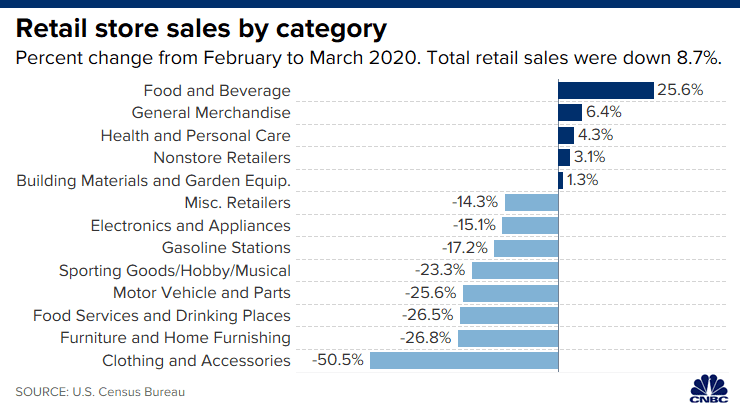
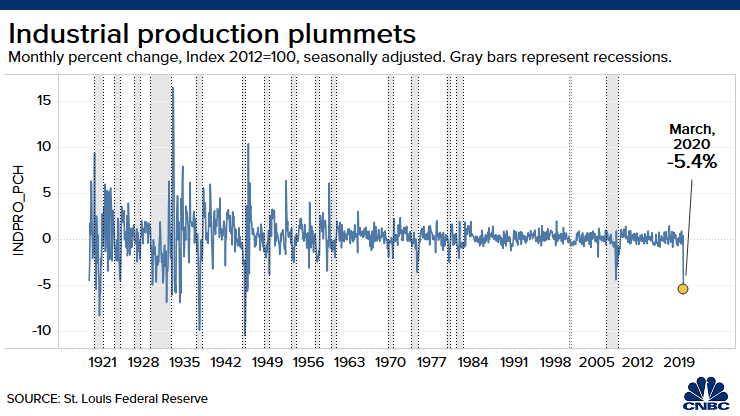






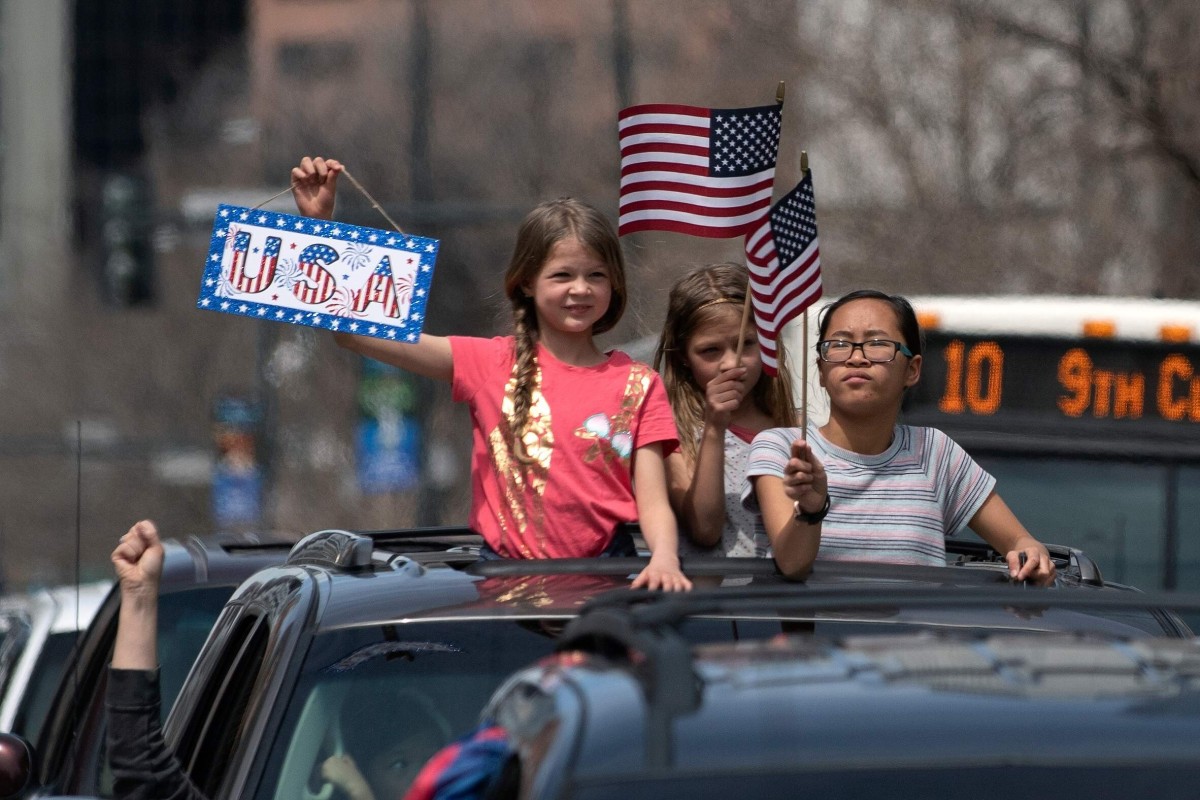

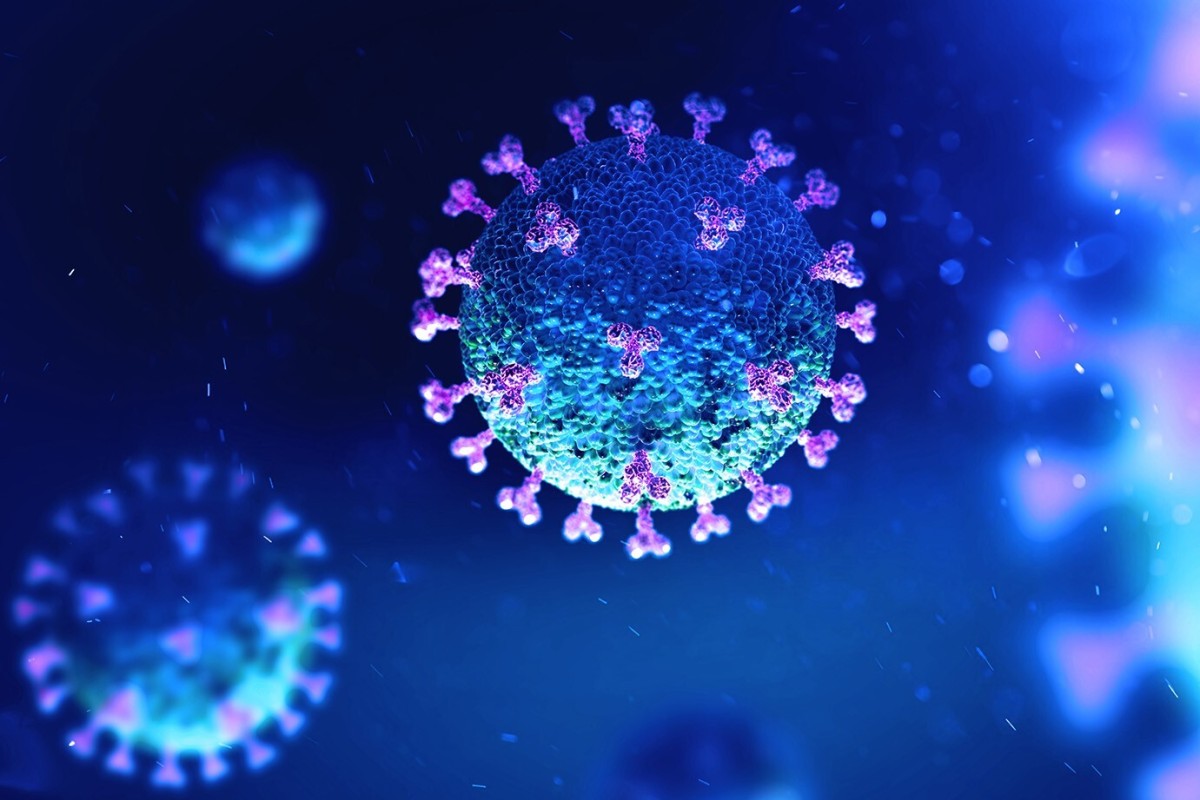



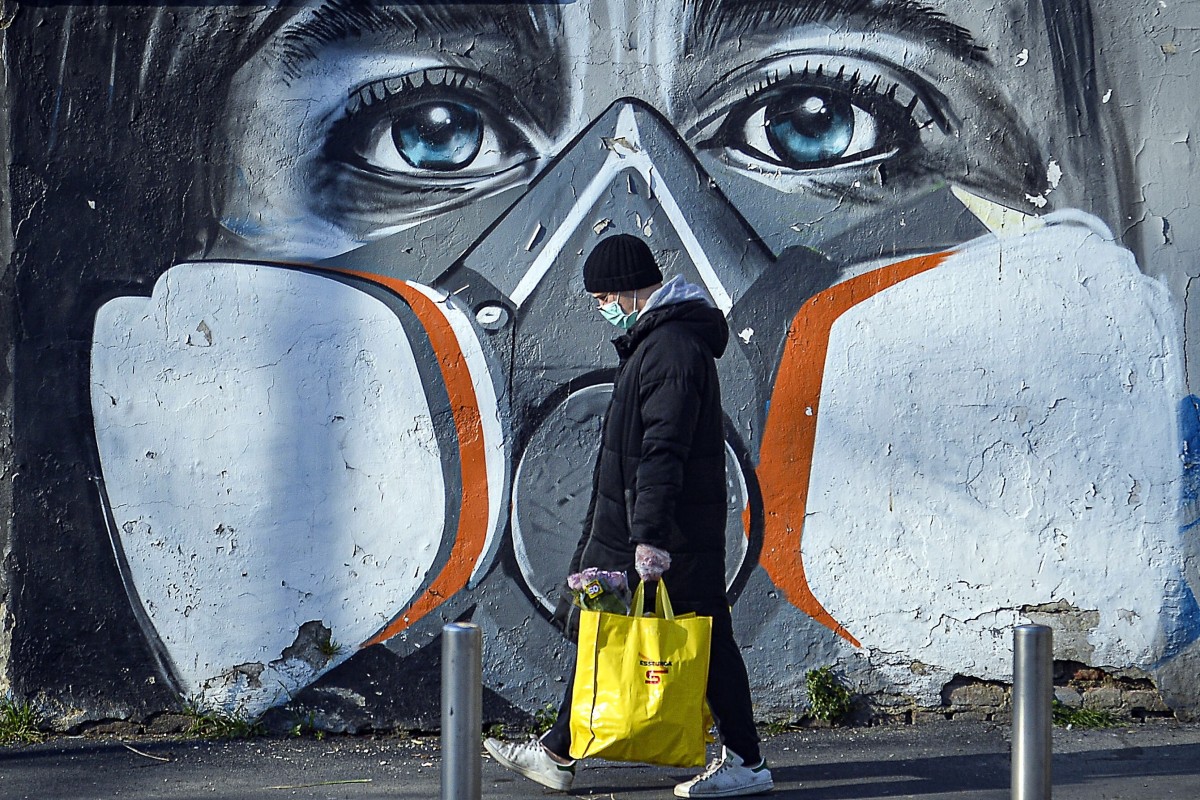
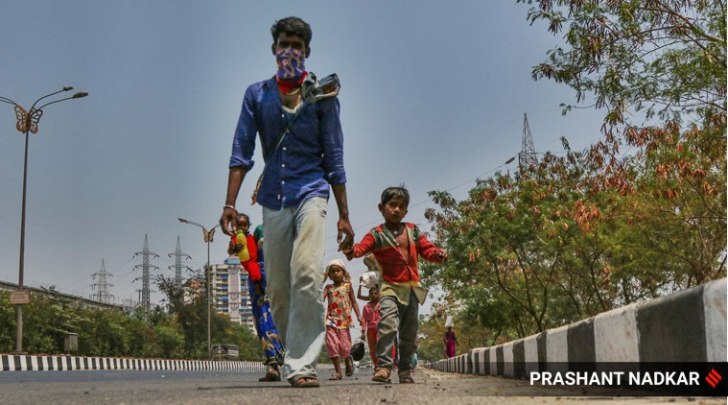
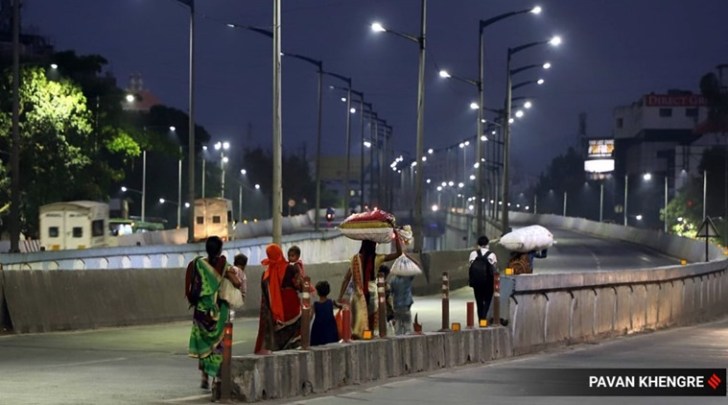
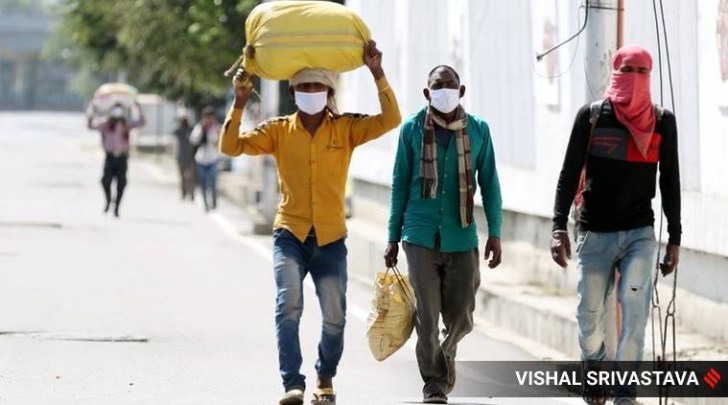


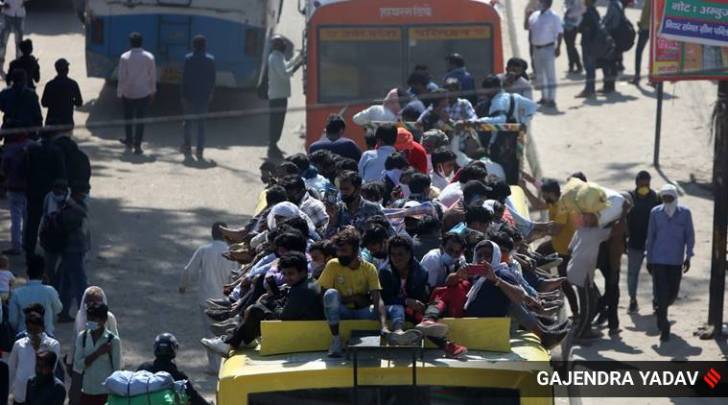
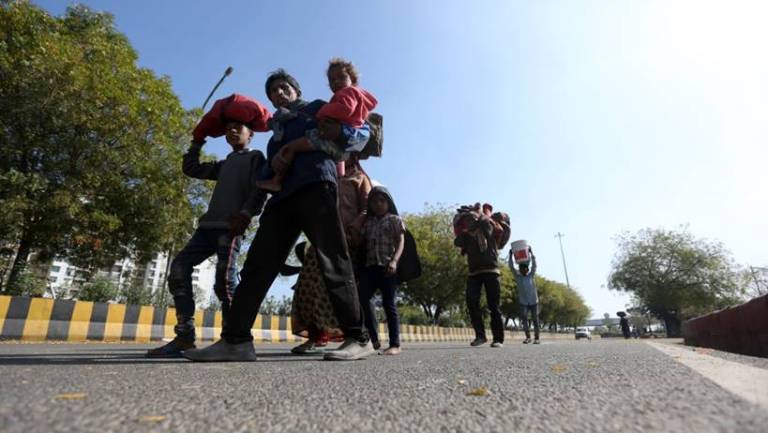
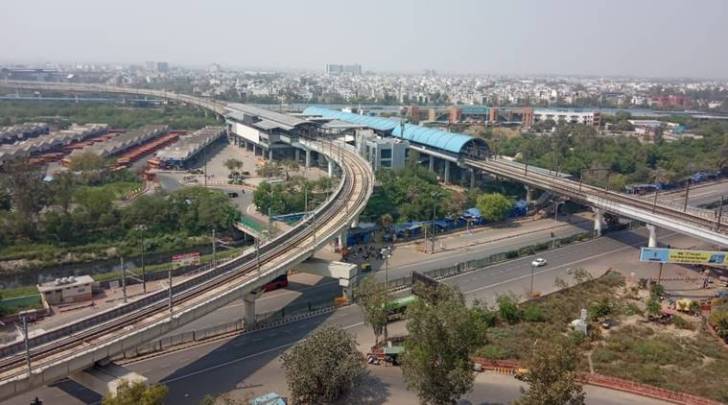
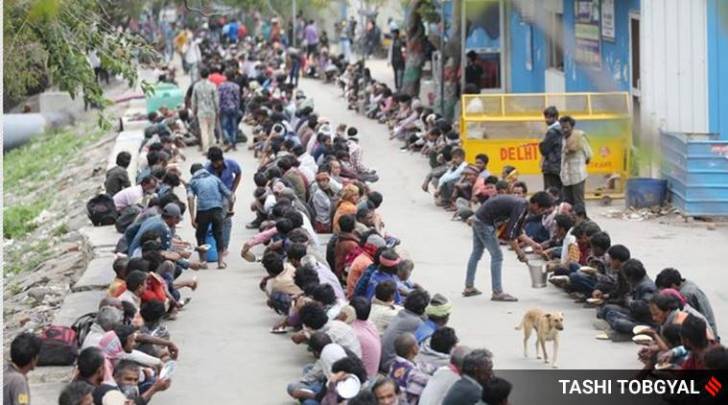


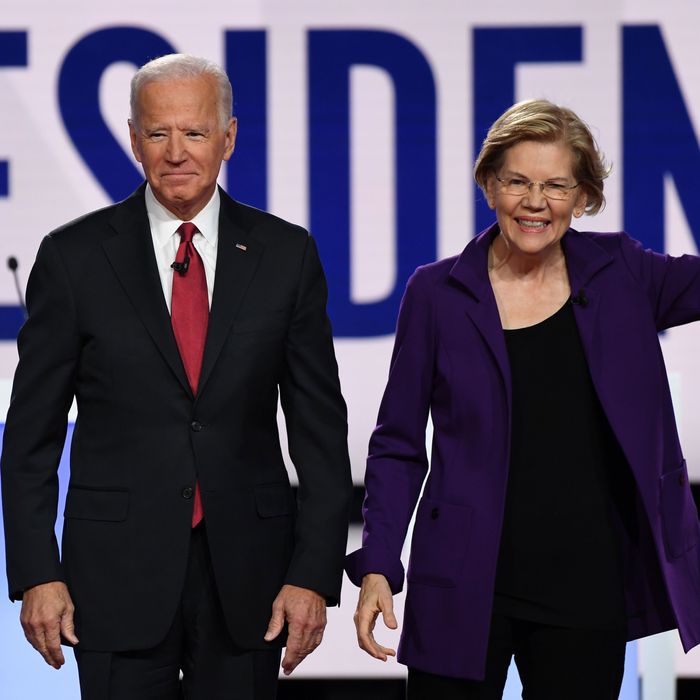
/cdn.vox-cdn.com/uploads/chorus_image/image/66655421/1199556559.jpg.0.jpg)